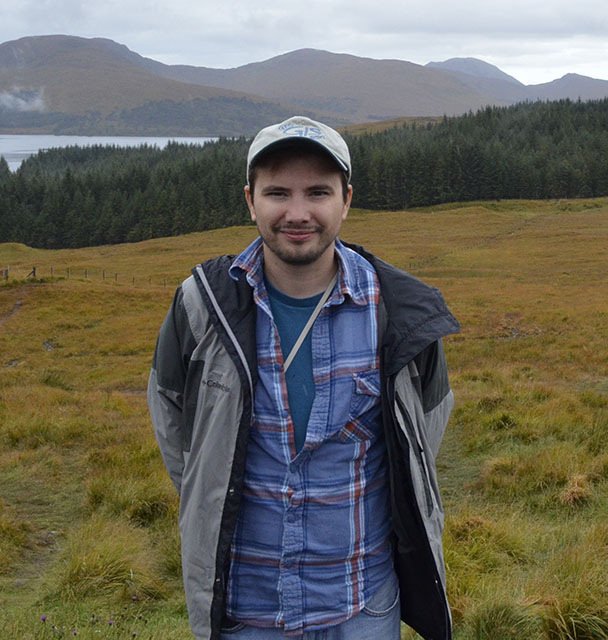Prof. Maxwell
I am currently an Associate Professor in the Department of Geology and Geography at West Virginia University. I teach geospatial science courses for both undergraduate and graduate students. I am also the director of West Virginia View, a consortium of public, private, and non-profit remote sensing organizations in West Virginia, and a faculty director of the West Virginia GIS Technical Center. Prior to coming to West Virginia University, I was an Assistant Professor at Alderson Broaddus University. Prior to teaching, I worked as a Remote Sensing Analyst at the Natural Resource Analysis Center (NRAC) at West Virginia University.
I am a graduate of Alderson Broaddus where I received bachelor degrees in Biology, Chemistry, and Environmental Science. I then attended West Virginia University where I earned a master degree in Geology followed by a PhD in Geology. I also hold a Geographic Information Systems Professional (GISP) certification from the GIS Certification Institute.
The primary objectives of my work are to investigate computational methods to extract useful information from geospatial data to make informed decisions and to train students to be effective and thoughtful geospatial scientists and professionals.


